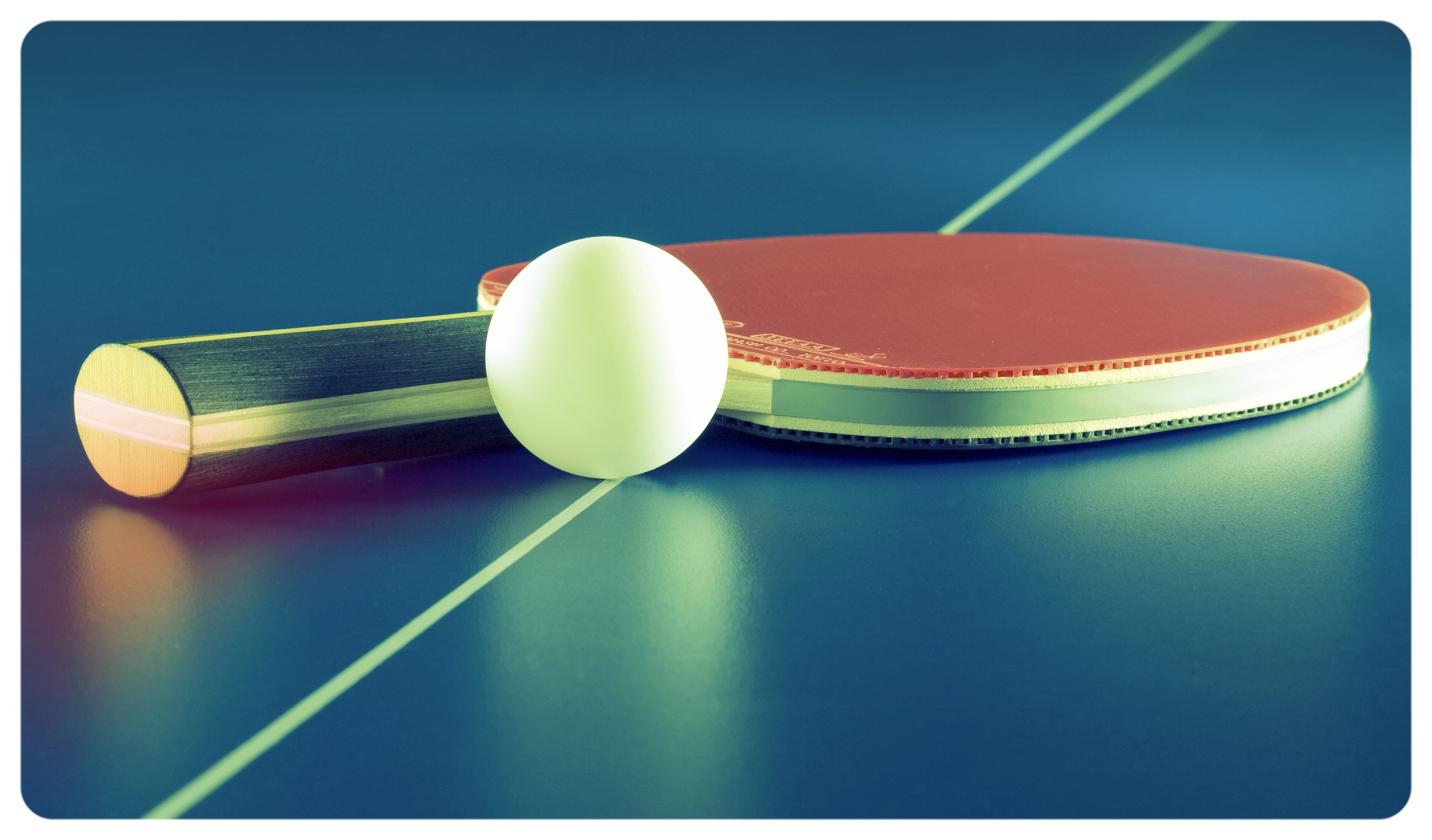History of Table Tennis
The sport of Table Tennis got its start in England towards the end of the 19th century when, after dinner, some upper-middle class Victorians decided to turn their dining room tables into miniature versions of the traditional lawn tennis playing field. They used a line of books as the net. Rackets were lids from empty cigar boxes, and a little later, parchment paper stretched around a frame. The ball would be either a ball of string, or perhaps more commonly, a champagne cork or rubber ball.
When the game first started it was called by a number of different names. "Whif whaf", "gossamer" and "flim flam" were commonly used to describe it onomatopoetically. In 1901 though, English manufacturer J. Jaques & Son Ltd registered one of the more popular names, Ping-Pong, as a copyright. He later sold the trademark to the Parker Brothers in the United States, and in the 1920's the name and the sport were revived in Europe as table tennis.
The turn of the century brought many other refinements to the sport, including the use of celluloid balls after Englishman James Gibb discovered them during a trip to the United States in 1901. In 1903, E.C Goode replaced parchment paper and cigar box lids with pimpled rubber on light wooden "blades" as rackets.
By the mid 1920s, the sport had spread to other European countries and to the United States, as well as Asian countries like China, Korea and Japan. The first official world championship was held in London in 1927 by the International Table Tennis Federation. The ITTF was founded in Berlin in 1926 by England, Sweden, Hungary, India, Denmark, Germany, Czechoslovakia, Austria, and Wales.
In 1952, Japanese player Horoi Satoh introduced the foam rubber paddle. The paddle made the game faster and spinning the ball became an even greater factor. Japan became the main winner in the world competitions in 1960, and by the mid 1960's China took over the reigns until the early 1980's. Their absolute domination of the sport was finally subdued with the entering of table tennis into the Olympic Games in 1988 and the participation of players from Korea and Sweden.
On April 6th, 1971, the US table tennis team was invited on an all-expenses-paid trip to play in China. Four days later, nine players, four officials and two spouses crossed the bridge from Hong Kong to the Chinese mainland. They were the first group of Americans to be allowed into the country since the communist take-over in 1949. One of the first signs during the Cold war of improved relations between the United States and China, Time magazine called it "the pong heard throughout the world".

